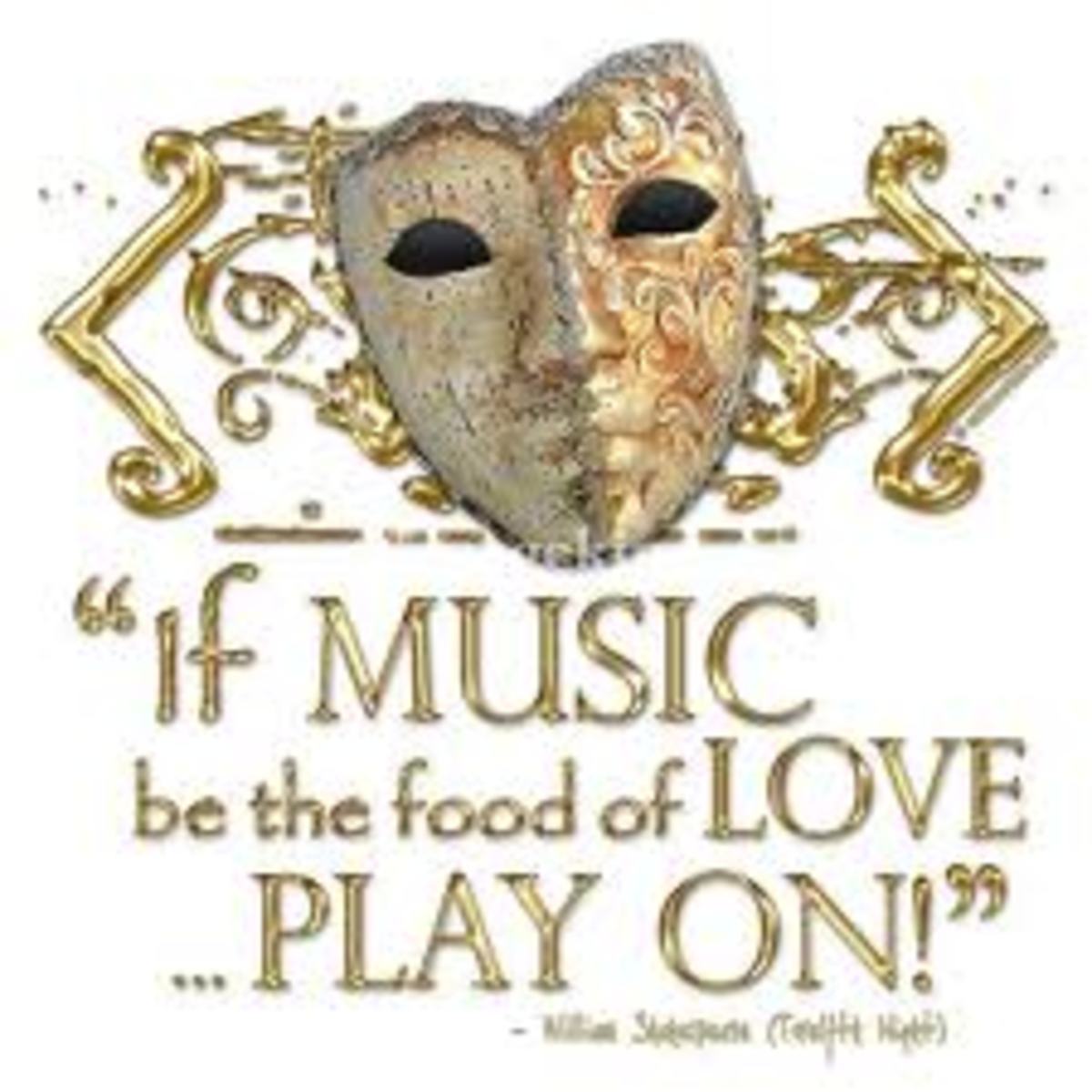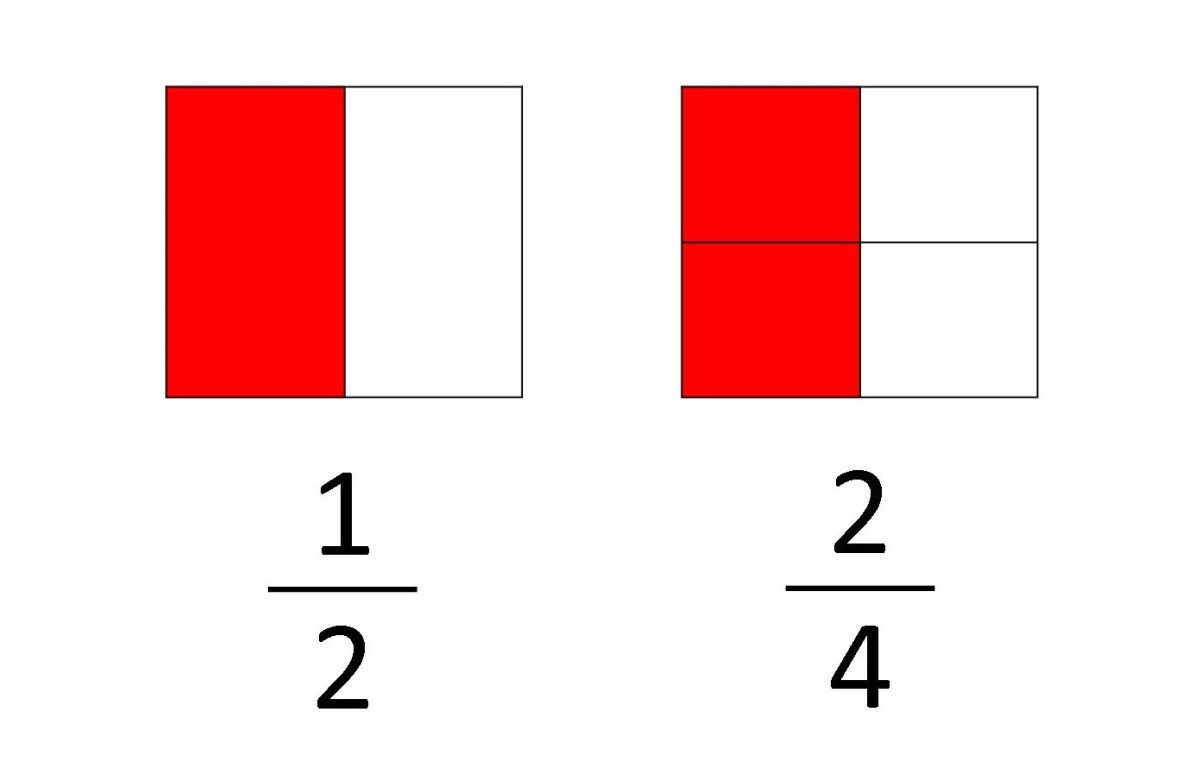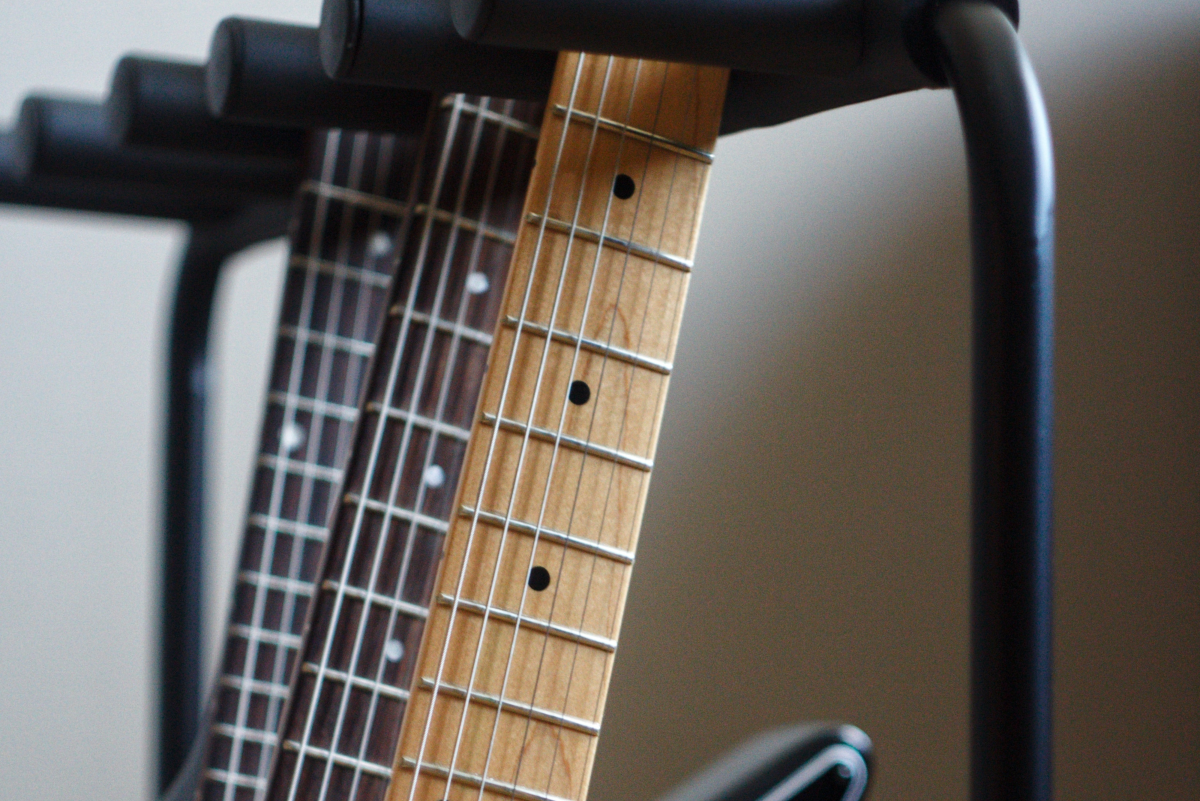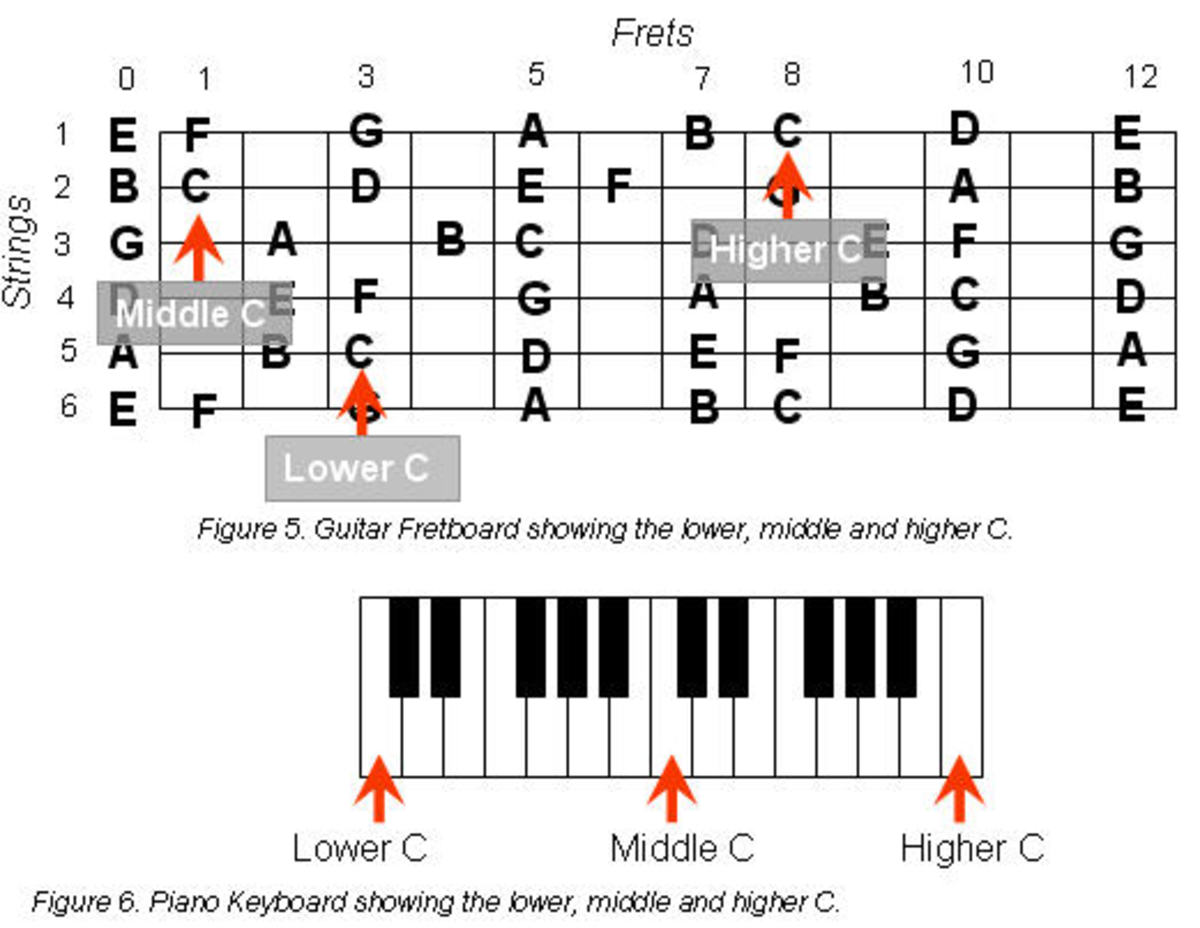Teaching the Time Signature
Time Signature Trouble
So you've hit time signatures and not quite sure what to do to reinforce the knowledge and power a time signature gives your student. In my step-by-step process, you will have students remembering the meaning for the both the top, and bottom number without trouble.
Many methods don't have a clear way of learning time signatures so that they make sense to kids in particular. I've always had to supplement methods with more discussion than is truly necessary. By providing some super helpful steps, your students will comprehend the practical use of a time signature and be able to explain it with ease.

Music Math
Music Math is a system I devised that kids can easily understand. Turn the Time Signature into a fraction, and replace the top number with a 1, so that your fraction is 1 over the bottom number.
This will give you the fraction you need to figure out which type of note is receiving 1 count.
Time Signatures Into Fractions
Your student is learning about time signatures, and you want them to retain what they learn. Tell them you are going to teach them "Music Math." Carefully demonstrate and explain turning the Time Signature into a fraction. If your student is young and they haven't done fractions yet, you may want to start with an apple or orange that you have divided up into pieces in order to explain fractions.
STEP 1
See the image above for an example of how to write out your process. Start with the Time Signature, then place a line between the numbers to create a fraction.
STEP 2
Replace the top number of your fraction by re-writing the fraction with a 1 in the top position. This number should always be a 1.
STEP 3
Name the fraction. 1/4 equals one quarter; 1/8 equals one eighth. This is the type of note you are counting as "one." (If they struggle with understanding the term quarter, have the student tell you how many quarters are in a dollar, and then go from there.)
STEP 4
Create a "therefore" statement using equal signs and an explanation.
OPTIONAL STEP 5
I included this last step as optional purely because there are many different styles of learning that we deal with daily as teachers.
Clearly state that the top number indicates the maximum number of the note counted by that can be in each measure. In example, you can have a maximum of 4 quarter notes in each measure of 4/4 Time.
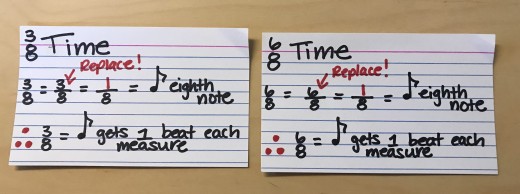
Reminder
"Music Math" means that ALL time signatures' top numbers are replaced with a number 1, and that will give you the fraction which you can name. This name is the beat that equals 1 count.
Addressing Problems That Arise
In order for some students to fully understand, you may need to give them a full layout of equivalencies for new signatures. In the example below, you could draw a little chart in their notebook or music that lays out the primary note types used and their value. This is particularly helpful in 3/8, 6/8, 12/8, 2/2 & 4/2 times.
- 3/8 Time
- Eighth - 1 beat
- Quarter - 2 beats
- Dotted Quarter - 3 beats
- Sixteenth - 1/2 beat
- Dotted Eighth - 1 1/2 beats
A lot of beginning students tend think that that Time Signature is somehow linked to Tempo. Gently remind them that this only affects how much we can put into each measure, not the pace of a piece. Use imagery such as slices of a pie or apple. Having them connect the pieces that fit with tactile senses (i.e. drawing a line or physically putting pieces together) reinforces the concept.
For students who routinely do not remember, go over the concept every lesson and provide worksheets. You can even choose to not explain graded worksheets, and let the student re-do the worksheet until completed correctly. This can force the student to investigate further, and find their personal understanding.
My Studio's Favorite
My favorite way to talk about Time Signatures is to use Lego-style bricks. Take an 4x2 or 8x2 for 4/4 time, a 6x2 for 6/8, 3/8 or 3/4 time as the "measure." Then using 4x2, 2x2 or 2x1 bricks, you can demonstrate how to "fit" the counts into each measure. It gets active and kinesthetic/tactile kids interested in the concept more agreeably.
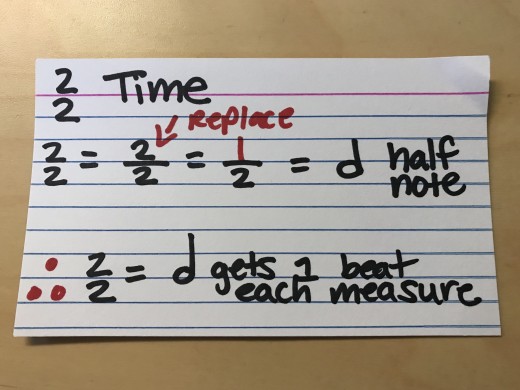
© 2019 Doniell Cushman



